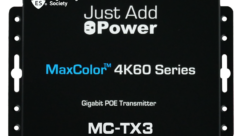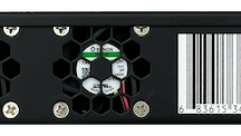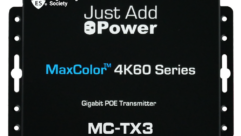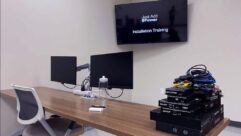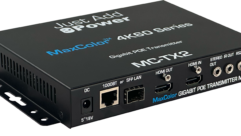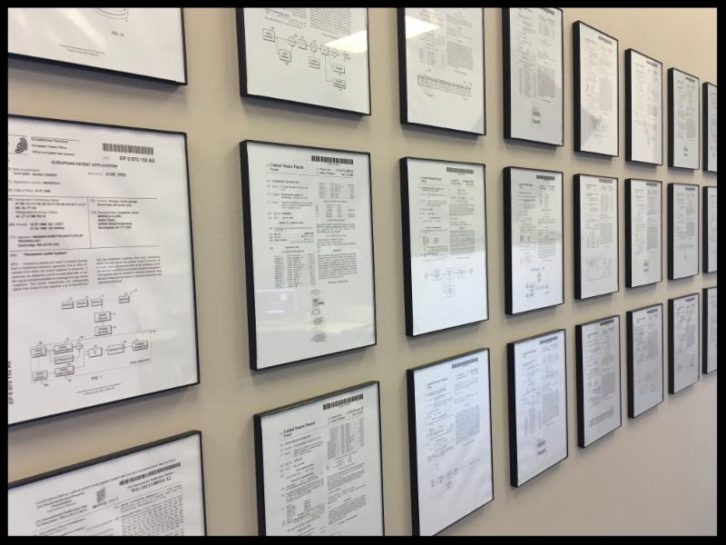
Holosonics announces the issuance of two patents by the U.S. Patent and Trademark Office that cover improvements to
directional speaker performance, and have a direct benefit to their Audio Spotlight customers.
HOLOSONICS ISSUED TWO NEW PATENTS
Latest Patents to Cover Several Performance Improvements
Over the last decade and a half, Holosonics have collected 22 unique U.S. patents surrounding their revolutionary Audio Spotlight directional speaker technology, in addition to others internationally, and are now proud to announce that 2 additional patents have been approved and issued by the U.S. Patent and Trademark Office.
The first new, approved patent covers improvements to the ultrasonic driver design at the heart of the Audio Spotlight technology, which result in increased output, cleaner sound, and a lower cost to consumers. The second new patent covers refinements to the equally essential algorithms for converting audio to ultrasound which result in audio output that is reproduced with even greater clarity and less distortion than previously achievable.
As Joe Pompei, President/CEO of Holosonics and inventor of Audio Spotlight technology explains, “We’re never satisfied resting on our laurels. Even atop the directional sound marketplace, Holosonics will always continue to press our product and core technologies forward through devoted R&D, and to push the very limits of the physics of sound.”
Refining the Algorithms
The mathematics of nonlinear wave physics is quite complex, and the specific governing equations addressing the conversion of ultrasound to audible sound are not solvable in closed-form. Solving these equations is essential for knowing how to synthesize the correct ultrasound signal, such that the desired audio signal is reproduced accurately, and in real time. Holosonics has pioneered several processing techniques for enhancing the conversion efficiency, to ensure that only the absolute minimum of ultrasound is needed for reproducing the desired audio output, and also to create and optimize fast, efficient computational techniques to implement these algorithms on inexpensive DSP’s.
Improving the Transducer
Holosonics previously developed its own custom, proprietary loudspeaker driver technology to address the difficulties of accurately reproducing high-fidelity audio from high-fidelity ultrasound. Based on a thin moving film, rather than piezoelectric ceramics, the Holosonics driver is light, extremely efficient, and has unmatched ultrasonic bandwidth and fidelity. With over 10 years in continuous development, it is an important part of Audio Spotlight technology.
For more information, visit https://holosonics.com/19-svc
“This grows the number of our issued U.S. patents to 24, with many more pending, which adds confirmation to Holosonics’ leadership in developing this revolutionary, unique new audio technology.”
– Dr. F. Joseph Pompei
Holosonics has already incorporated both of these techniques in their production models and new OEM designs so that recent customers benefit directly from the advancements. These patents both serve to advance audio technology while creating the best possible user application experiences. From museums, exhibits, kiosks, and digital signage to retail stores and special projects, thousands of companies have chosen this unique, patented technology to provide high-quality, precisely controlled sound, while preserving the quiet.
About Audio Spotlight
The Audio Spotlight system creates focused beams of sound by using a narrow beam of ultrasound as a “virtual” sound source. While ultrasound itself is outside the range of human hearing, this innovative technique causes the air itself to change the ultrasound’s “shape” as it travels. This change leads to the creation of clear sound that can be directed to a precise location, with directivity and control far exceeding any traditional loudspeaker. This directional audio technology is regularly used for enhancing a wide variety of commercial applications.


